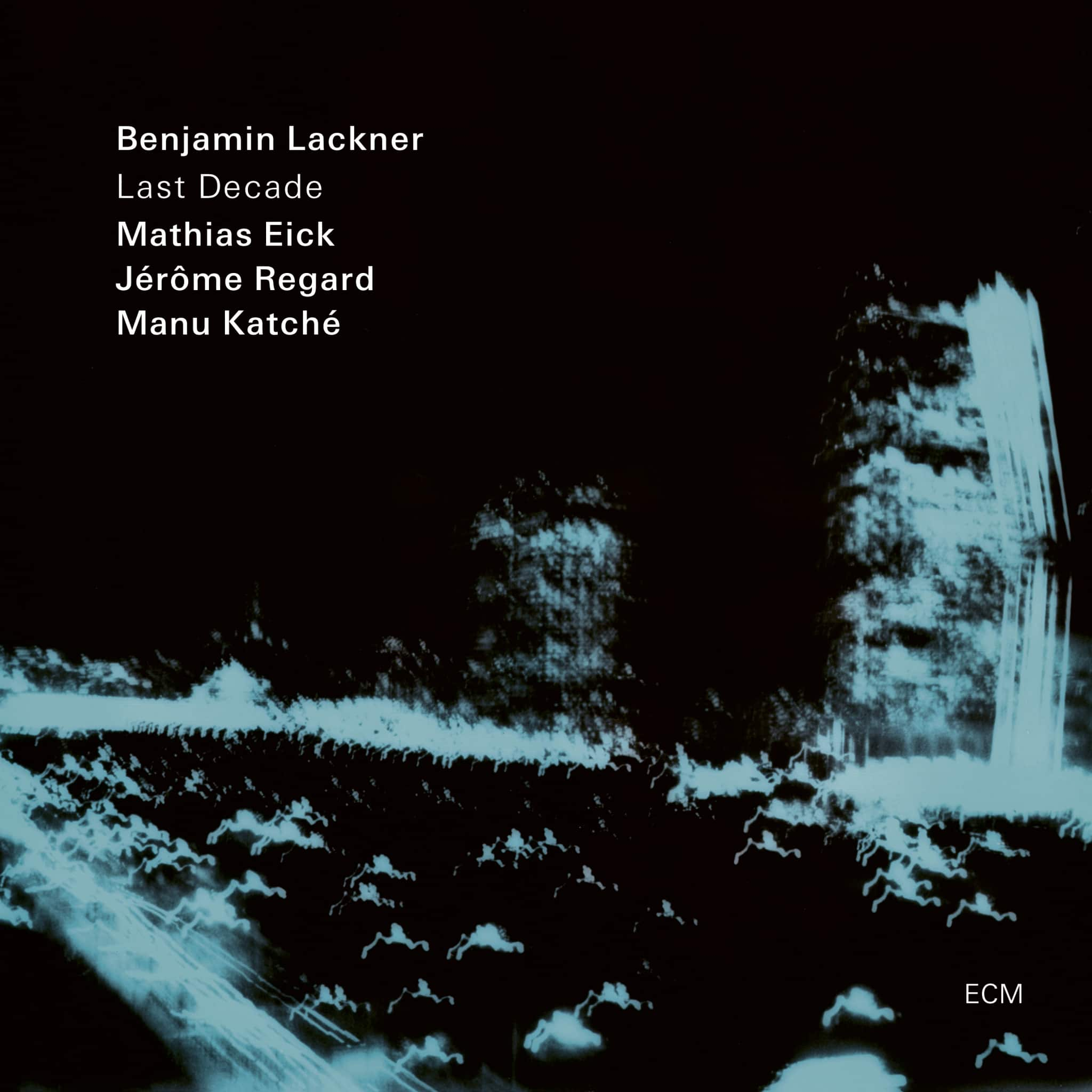Album insights
Imagine a totalitarian post-war Britain where artists live in their genre-defined communities, quietly supported but also subtly restricted and controlled by authorities. For decades, a residential building on the outskirts of London has been home to writers and poets—Drabble, McEwan, and Amis Junior on one floor, with Larkin and Amis Senior residing there years back.
In a slightly less prestigious residential block a few minutes away, government-housed composers reside. Harrison Birtwistle shares a floor with Richard Rodney Bennett, tolerating Michael Nyman's sounds from below. Though not the happiest musical community, many good parties have been hosted over the years in the building.
It may be hard to believe, but this reality exists just a 2½-hour flight away west of St. Petersburg, with ferry connections to Helsinki. The apartment block at Lauteri Street No. 7 in Tallinn is home to the Estonian Composers’ Union. For decades—until the end of the Soviet era in 1991—many members of the country's musical elite resided there. Neeme Järvi and Arvo Pärt's first wife still reside there. Sharing a hallway is one of Estonia’s most renowned figures, a respected icon in his homeland—Sir Andrew Lloyd Webber.
Internationally, Arvo Pärt, an emigrant since 1980, is Estonia's most famous composer. However, Veljo Tormis, five years his senior and once his teacher, is most esteemed within Estonia. In November 2000, 55 choirs celebrated his 70th birthday in Tallinn, with an additional 23 concerts across Estonia in his honor around August.
In 2000, Tormis, unusually for a composer, decided to retire. Despite now labeling himself as “Composer Emeritus,” he remains dedicated to reviving his homeland’s folk singing tradition from kindergarten to nursing homes, integrating ancient cultural heritage into modern post-Soviet life.
Tormis’s father, a Lutheran music teacher, introduced him to a rich, predominantly German-influenced musical culture from a young age. This included a folk song revival in the early 20th century, spurred by Estonia’s national awakening in the 19th century. Prior to his retirement, Tormis focused on reviving Estonia’s ancient musical heritage, described as his “musical mother tongue,” within the context of his country's vibrant singing culture. Tormis devoted himself to choral works, setting him apart from other composers like Bartók and Kodály.
Less than two decades since gaining independence, Tallinn attracts tourists with its refurbished streets and themed pubs, embodying a medieval charm amidst modern influences, a city marked by foreign occupations, political regimes, and cultural impositions. For Tormis, Tallinn symbolizes a complicated history, influenced by various eras and conflicts.
Tormis, navigating the complexities as a Soviet artist focusing on Estonian musical identity, skirted the system's intentions of Russification. While studying in Moscow during the 1950s, Tormis learned to subtly infuse nationalism into his works, aligning with Soviet guidelines. His dedication to portraying Estonia's folk heritage proved essential during the era of cultural isolation in the Eastern Bloc.
His works showcase a mastery of choral composition stemming from his immersion in Estonian folk materials, departing from other composers’ practices of incorporating folk melodies into instrumental pieces. Tormis’s commitment to preserving and revitalizing Estonia’s musical heritage remains evident across his body of work.


